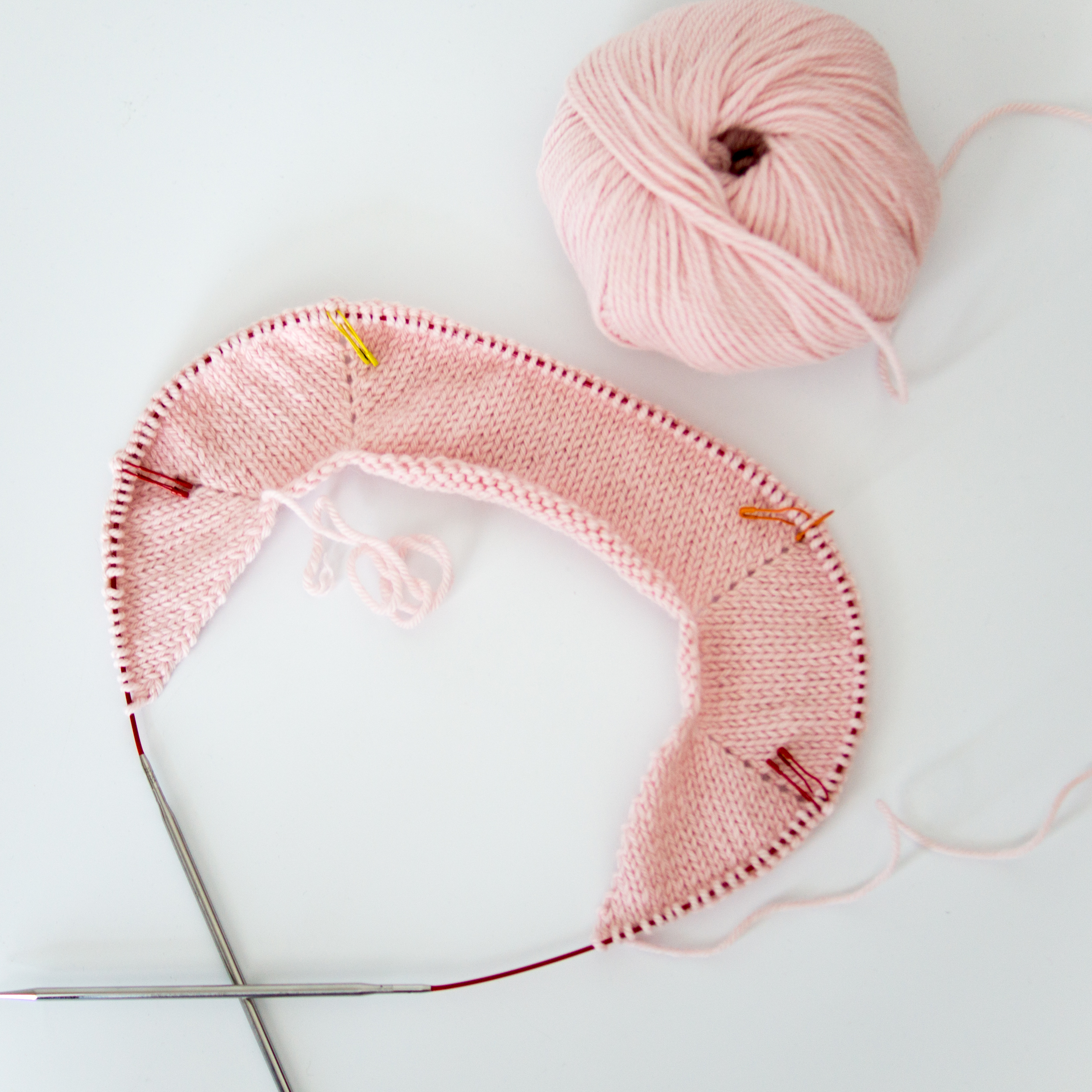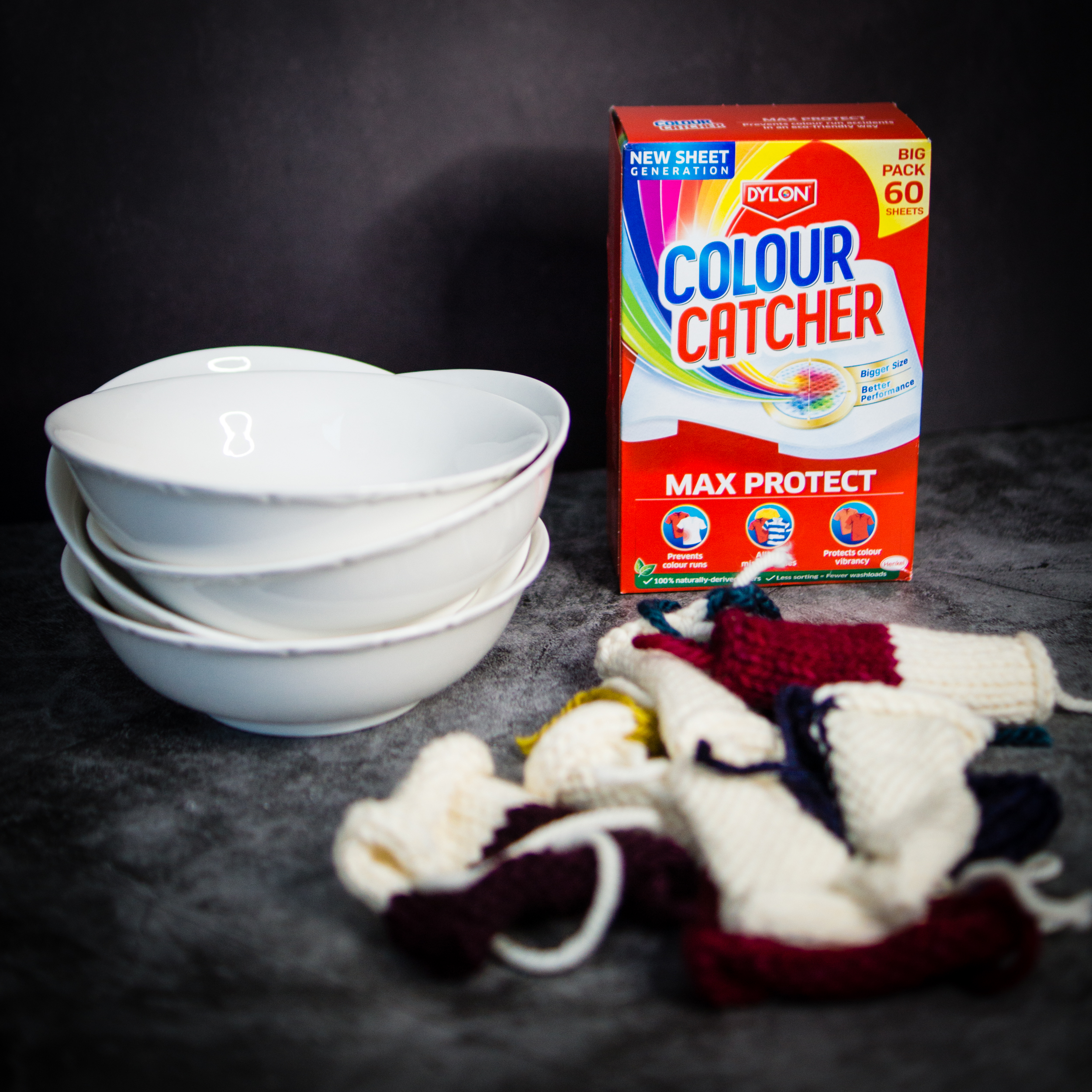It’s really important to me that the world is as accessible as possible. While it’s a difficult truth that conflicting needs mean no space can be truly accessible to everyone, I strongly believe in considering the context of a situation, actively seeking out input from its audience, and doing as much as possible to accommodate everyone’s needs.
I started my designing career in early 2020 – just before the first Covid lockdown, and just before Ravelry’s redesign. The resulting discussions both within knitting circles and beyond revealed a goldmine of information and experiences on the subject, and I decided early on that it was necessary for me to ensure that first my website and later my patterns themselves were accessible to as many people as possible.
It’s important that I state that I am by no means an accessibility expert. I have direct experience of neurodivergence (I’m autistic) and I’m also fat. I defer to others with direct experience in other areas and follow their recommendations.
However I am just one person; I have no help in any aspect of my pattern design business other than my tech editor and test knitters, so my efforts are almost certainly imperfect. If you find a problem with any of my patterns, website, or social media content, please get in touch and I will do everything I can to fix it as quickly as possible.
Jump Links
Financial Accessibility
Size Inclusivity
Accessible Pattern Format
Online Presence
Further Reading
Financial Accessibility
I maintain a Pay It Forward fund to facilitate access to my patterns where finances are limited. You can read more about that, or take part, here.
Size Inclusivity
I am a fat positive designer. I am fat; I design primarily for my own body.
All of my garment patterns are size inclusive, by which I mean that the size range offered covers bust measurements from approximately 30″ to 60″ as a minimum.
Additionally, I design garments with specific fit challenges in mind. You can read more about that here. (Coming 1st March!) Being fat also informs accessory design; for example, I do not design shawls too small to fit around larger shoulders.
My test knits and other social spaces are explicitly fat positive. Talk of weight loss, diets, etc. is not welcome. Neither is any implication that being fat is undesirable. Fat bodies are good bodies, and are not inherently unhealthy.
Pattern Format
All of my patterns include two pattern files: the main pattern, and a second version designed to be print challenged and screen reader compatible. Both files are pdfs and contain the same pattern information, but are created and presented in very different ways.
I strive to make all of my patterns correct, clear, and consistent. This means that they are well suited to beginner and neurodivergent knitters.
Main Pattern
The main pattern always has:
- Lots of high quality, high resolution photos to show the item from lots of different angles
- Written instructions in a clear and consistent format
- Charts for stitch patterns and colourwork
- All charts and diagrams checked for colour blind friendliness
- Explanations of special techniques, including diagrams*
- Links to further explanations or supplemental content on my website
- Full details of the sample(s) shown
- Links to my social media accounts, with hashtags for the pattern in question
- Details of how to contact me for pattern support
- Wide margins for easy printing and space for notes
* Some patterns have links to third party explanations, if the technique is well known and I cannot improve on the explanations that already exist.
PC / SR Compatible Pattern
The print challenged and screen reader compatible pattern always has:
- 24 point sans-serif font (Arial) throughout
- Fully saturated black text on white background
- Single column layout
- Left-aligned text
- No italics
- No header or footer – just page numbers (bottom left)
- Consistent use of heading tags for easy navigation
- Internal links to aid navigation
- All instructions written out in text without reliance on diagrams or charts
- All words written out in full (i.e. no abbreviations)
- No bulleted lists
- No tables*
* I do include a table of contents with internal links, but this is generated by my software and doesn’t seem to cause any issues – if it does for you, please get in touch and I will send you a version without the table.
This version of the pattern may also be more accessible for dyslexic knitters.
All of my knitting patterns now have accessible versions, including Well in Hand and all its supplemental information.
Online Presence
Website
Accessibility features on my website include:
- Light mode and dark mode – this picks up the default setting from your browser, but you can toggle it yourself at any time on any page
- Alt text for images
- Checked for compatibility issues using Google Lighthouse and WAVE
Social Media
- Alt text for images on all manual posts*
- Camel case (capitalising the first letter of each word) in hashtags
- Manually created subtitles for all YouTube videos
* I use Later to schedule many of my social media posts, which does not yet allow me to set alt text for images. I am unable to use a different platform right now due to the cost (Later is free). As soon as I am able, I will switch.
Further Reading
Accessible Patterns Index
WCAG Tutorials
WAVE Tool
Colour Blindness Simulator
Is there something I’ve missed? Please let me know.
If this information has helped you with your own accessibility work, please consider buying me a coffee.





